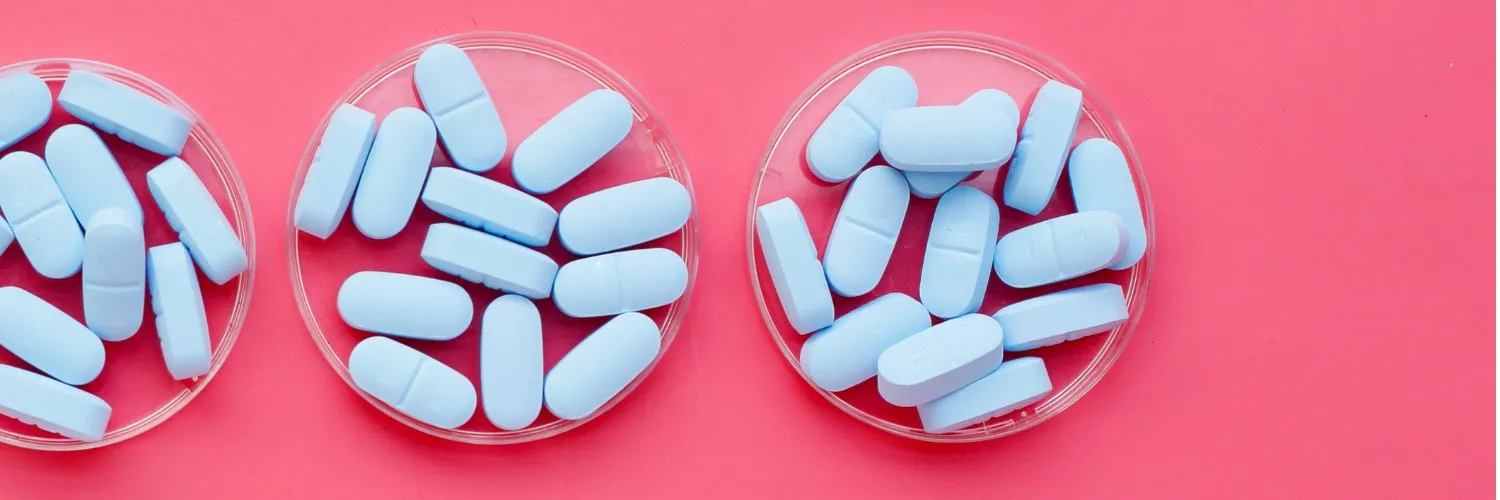Understanding the Link Between Self-Reported PrEP Intake and Blood Concentrations in HIV Prevention

Implications of Self-Reported PrEP Intake
Recent research reveals a significant connection between self-reported PrEP intake and actual blood concentrations in individuals. When patients utilized a diary app to record their daily medication intake, results consistently reflected accurate blood levels, suggesting that self-reporting can be a vital tool in managing pre-exposure prophylaxis (PrEP).
Enhancing Public Health Strategies
The findings emphasize the necessity for healthcare professionals to incorporate patient self-reporting into public health initiatives. This approach can facilitate better monitoring and adherence to PrEP, ultimately improving outcomes in the fight against HIV.
Laboratory Testing and Assessments
Utilizing dried blood spots for laboratory tests presents a near-optimal solution for evaluating blood concentrations of PrEP. This method not only aids in confirming self-reported data but also enhances access to essential laboratory assessments.
This article was prepared using information from open sources in accordance with the principles of Ethical Policy. The editorial team is not responsible for absolute accuracy, as it relies on data from the sources referenced.